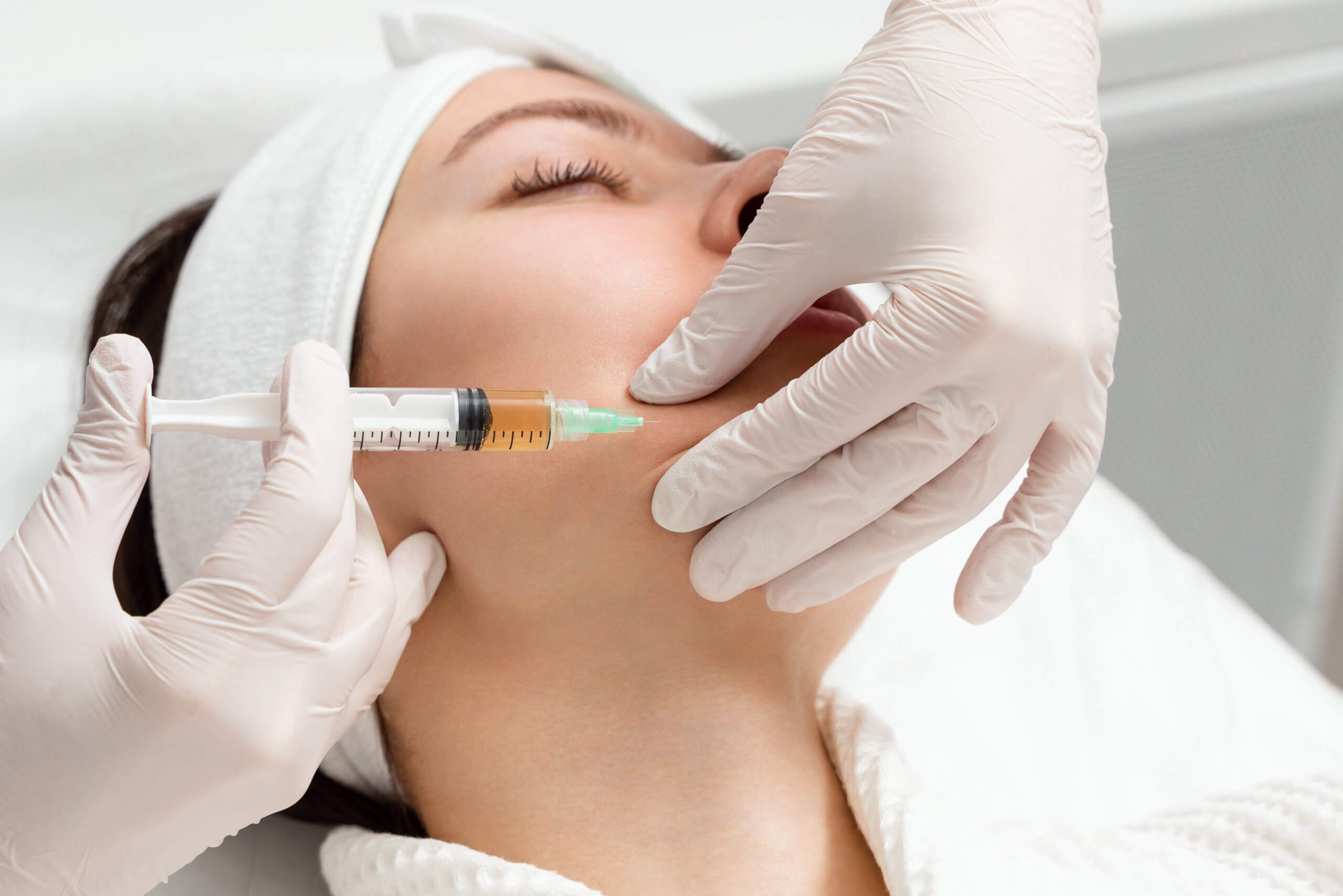Cosmetic Procedures
At Tennessee Valley Oral Surgery, we understand that confidence in your appearance is essential for your overall well-being. That's why we offer specialized cosmetic procedures. Some of our most common services are torn earlobe repair and injectables such as Botox and Juvederm, designed to help you look and feel your best.
Our team of experienced oral and maxillofacial surgeons combines their expertise with a commitment to patient care to provide you with top-notch services that enhance your natural beauty.
BOTOX®
Botox is a popular choice for reducing the appearance of fine lines and wrinkles, particularly on the forehead, crow's feet, and between the eyebrows. It works by temporarily relaxing specific facial muscles, resulting in smoother, more youthful-looking skin.
Juvederm®
Juvederm is a collection of dermal fillers designed to restore lost facial volume and minimize wrinkles. It can be used to enhance the lips, fill in hollow areas, and soften the lines around the mouth and nose, providing natural-looking, long-lasting results.
Other Procedures
While torn earlobe repair and injectables are some of our highlighted services, Tennessee Valley Oral Surgery offers a wide range of procedures to meet your unique needs. Our comprehensive offerings include:
Torn Earlobe Repair
Accidents happen, and torn earlobes can be a common result. Whether it's due to heavy earrings, trauma, or stretching, our skilled surgeons can help you restore the integrity and aesthetics of your earlobes. Torn earlobe repair is a simple, in-office procedure that involves removing damaged tissue and reconstructing the earlobe to create a natural, symmetrical appearance. Our surgeons use advanced techniques to ensure minimal scarring and a quick recovery.



